What to wear for winter hiking to stay warm and move easily
Wondering what to wear for winter hiking? We explain how to use breathable, moisture-wicking and insulating layers to protect you against the elements
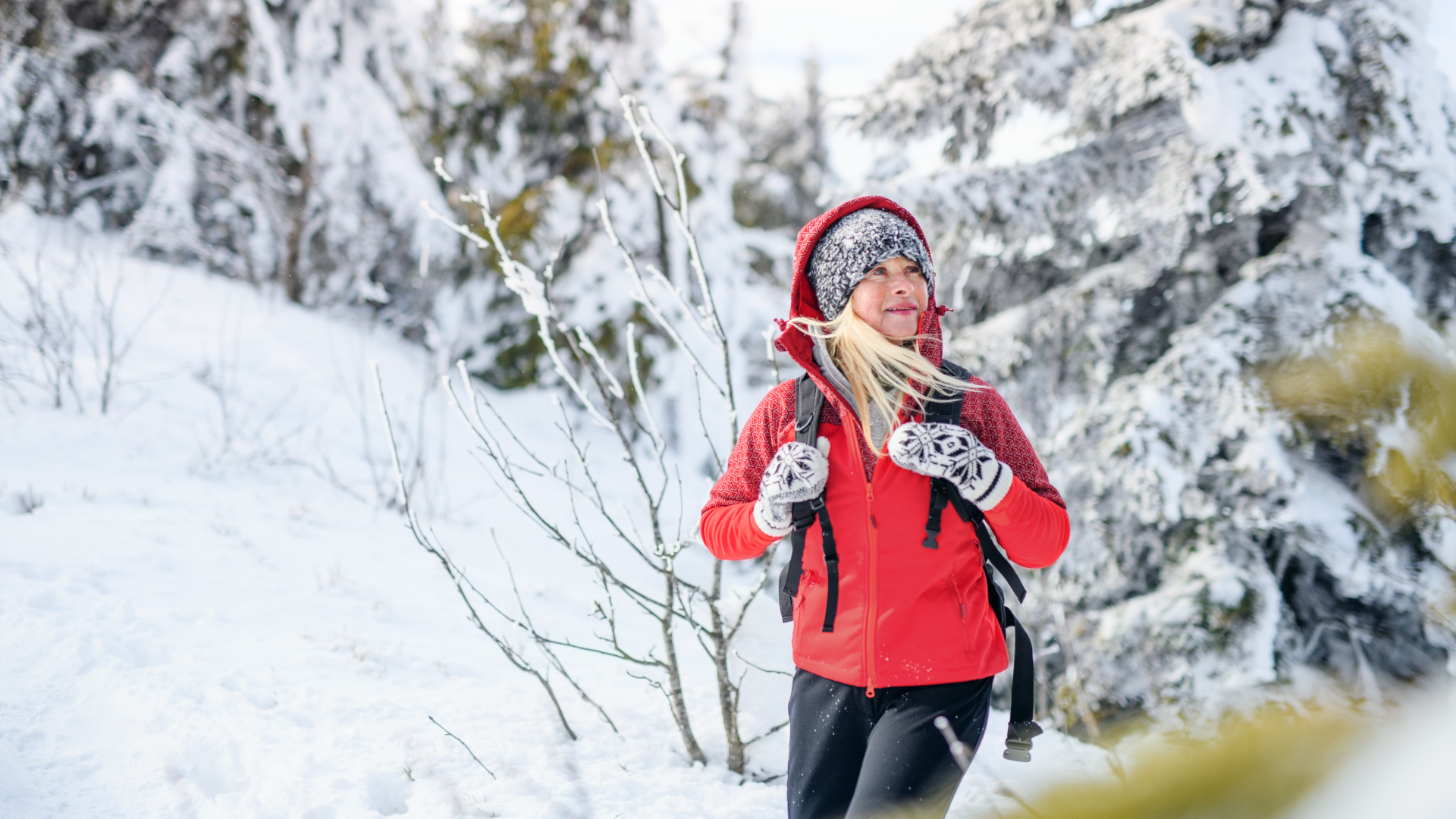
What to wear for winter hiking is the question on many an outdoor enthusiast’s mind when the sun starts to set a little earlier and the leaves dry up. There’s no reason for you to stop doing what you love because the temperatures have dropped, so in this article we break down exactly what to wear for winter hiking so that you can keep your feet on the ground.
As we explained in our article on cold weather hiking, your outdoor season doesn’t have to come to an end with you packing your shorts and tank tops away, it just might take a little more preparation before you get out the door. Though conditions will vary depending on where you’ll be hiking, your winter hiking wardrobe essentially involves more layers and must include moisture-wicking and waterproof clothing to protect you from the elements.
And even though many of us have a few months of fall/autumn before winter truly gets underway, it doesn't hurt to be prepared for when the cold weather comes around.
Long-sleeved base layer
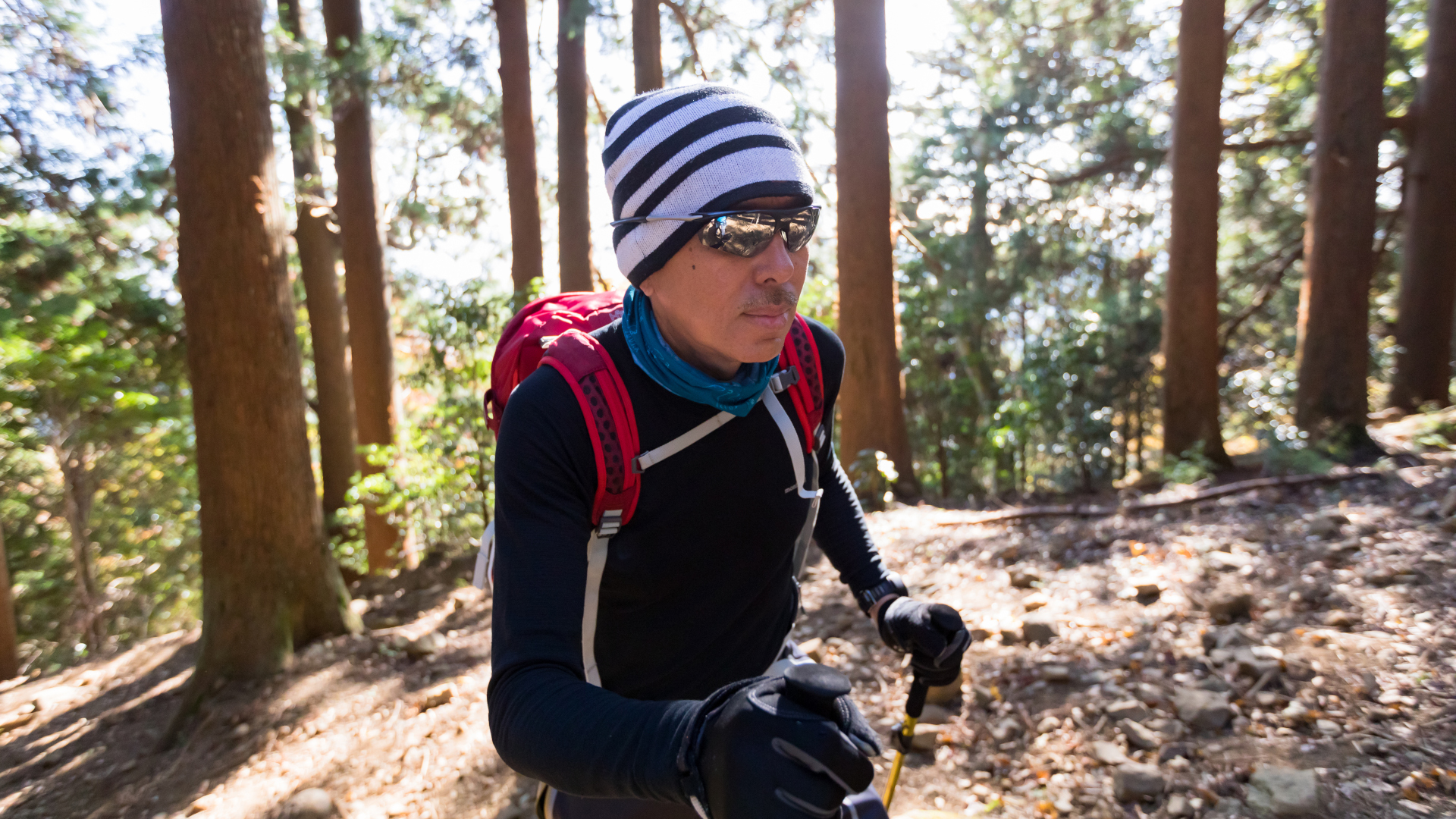
Regardless of where you’re hiking, you’ll want to start with a long-sleeved base layer made from moisture-wicking material. Your base layer is the foundation of the layering system, and is the secret to staying warm in the colder months, from late autumn through winter and into spring. Because you’ll be adding layers over this, don’t go for the thickest option but choose one with light or medium thickness. This will be the layer closest to your skin and will draw any moisture away from your skin as you sweat, keeping you warm and dry. Once you warm up, you might end up removing outer layers and putting them in your backpack, so you’ll want a long-sleeved base layer so that you’re not hiking with exposed skin, putting you at risk of frostbite.
Mid layer

If you’re hiking somewhere with an especially dry climate, like Colorado or Utah, you can skip this and head straight to the outer layer. But if you're hiking in damp conditions, you might need this extra layer for warmth. Layer a light fleece over your base layer for extra insulation. Again, you might find yourself hiking in this if you remove your outer layer and it needs to provide warmth, but with multiple layers you don’t want to restrict your movement, so go light.
Outer layer

Regardless of the climate where you are, you’ll want to wear a proper jacket. A softshell jacket provides some good wind protection which is often half the battle when it comes to staying warm, while a down jacket will provide maximum warmth but may be too much in some climates. Down jackets come in varying degrees of thickness so you’ll need to gauge what kind of temperatures you’re likely to encounter, but in many areas a lighter down jacket will suffice for winter and on cool summer nights too so it’s a worthy investment.
Waterproof layer

If you’re hiking in a place where there’s lots of moisture, you’ll definitely want to top the whole thing off with a waterproof jacket, and possibly waterproof trousers. Softshells, down jackets and fleeces will be, at best, water repellent but you don’t want to be getting soaked in cold weather, which increases your chances of hypothermia considerably. Pick a light rain jacket that can easily pack away into your backpack until you need it.
All the latest inspiration, tips and guides to help you plan your next Advnture!
Hiking pants
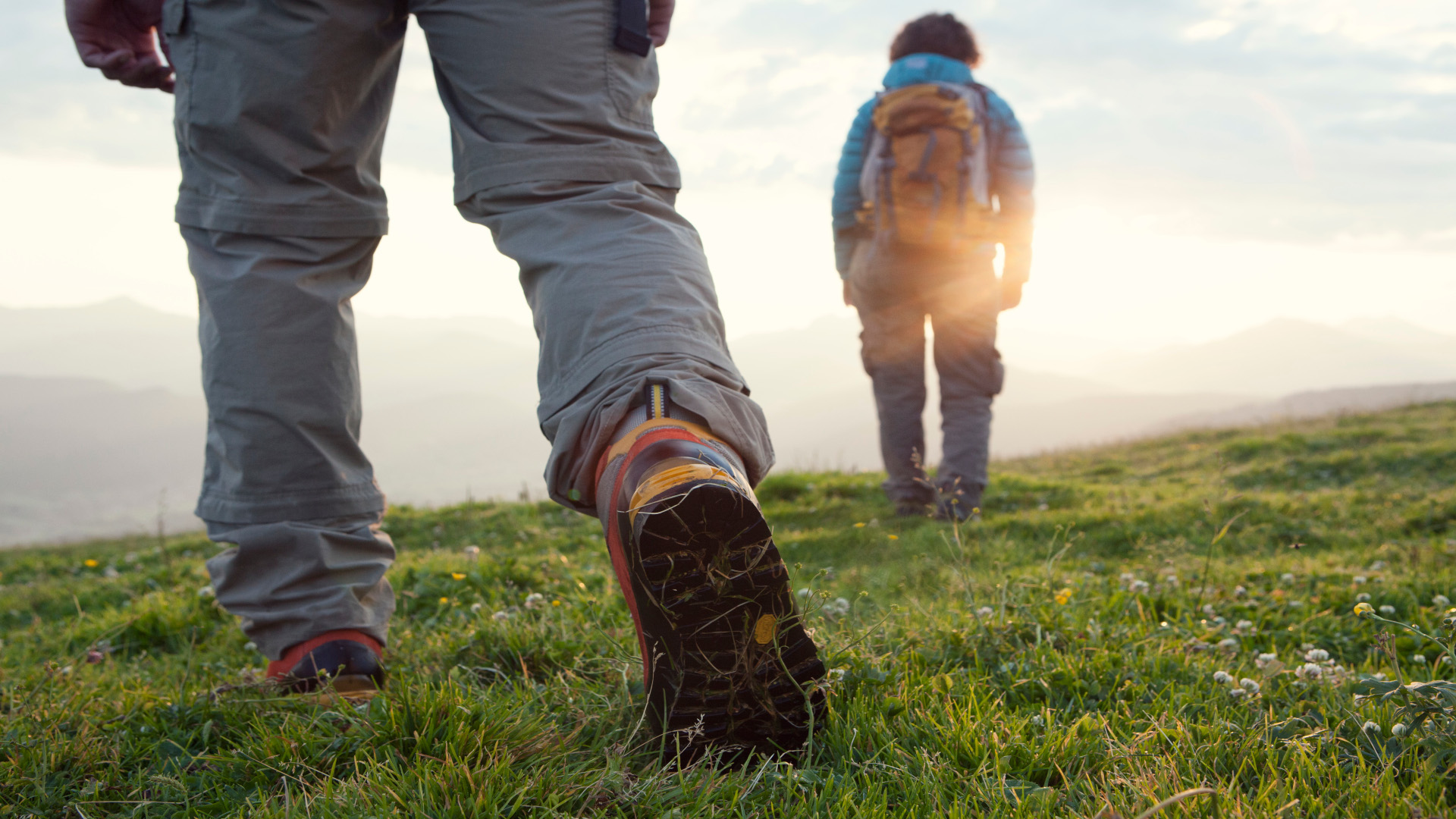
The best hiking pants are another area that will differ depending on your location and preferences. Some people prefer fleece-lined pants while others find that softshell versions provide ample warmth. The key is to find a pair that are windproof, and if you’re hiking in a moist climate get a waterproof pair so that you don’t have to hike in two pairs of pants. Hiking pants with venting zips that you can open when you get warm are a great way to reduce moisture caused by perspiration. Go for lightweight and breathable fabric that won’t restrict your mobility. If you’re hiking in high alpine terrain, your ski pants might be the best option.
Hiking boots
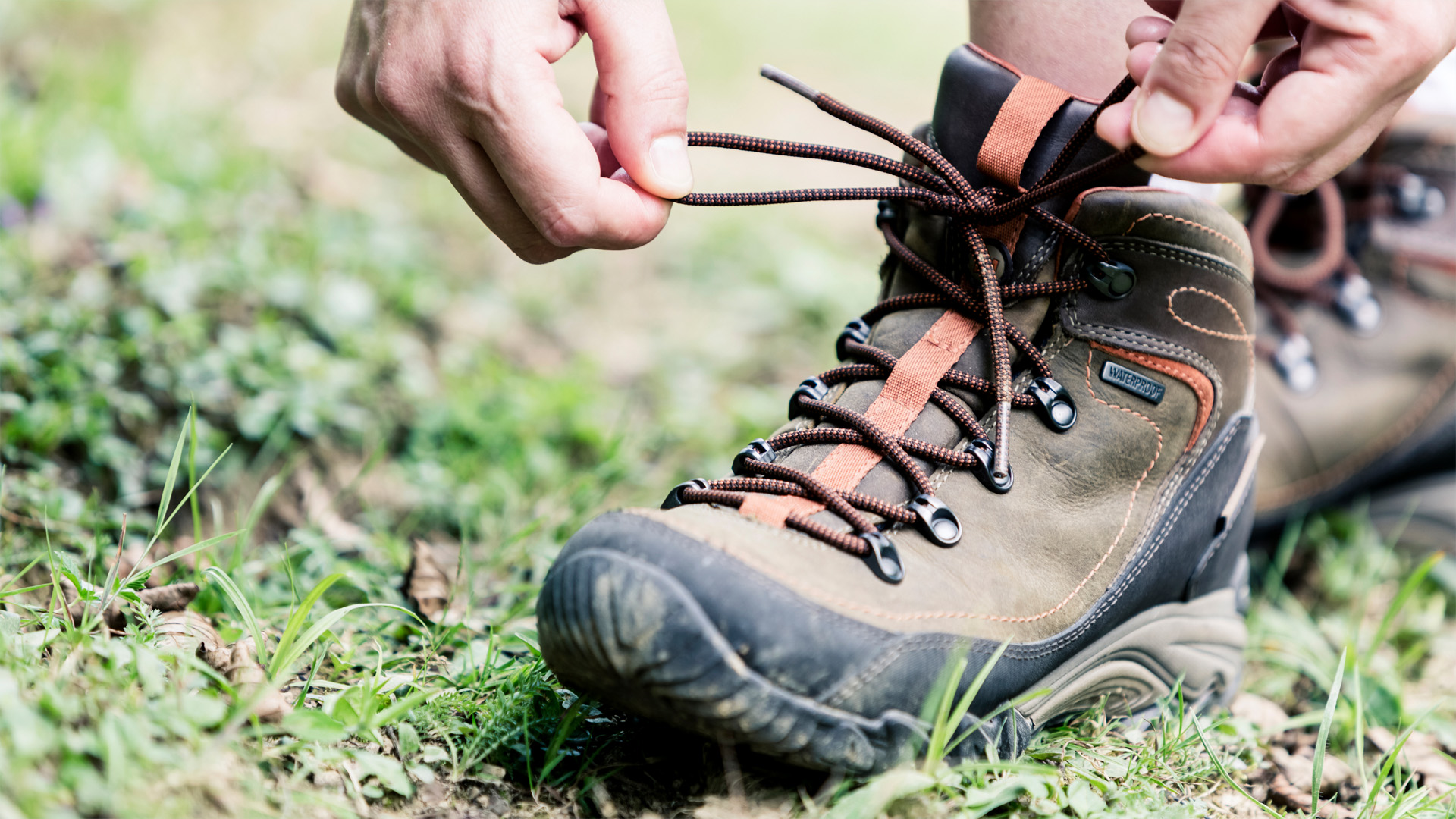
In colder seasons, you might want to make the switch from hiking shoes to hiking boots. These provide a bit more protection from the elements and offer more stability underfoot as the terrain can become trickier to navigate once it’s snow and ice covered.
Mid or high cut wool socks
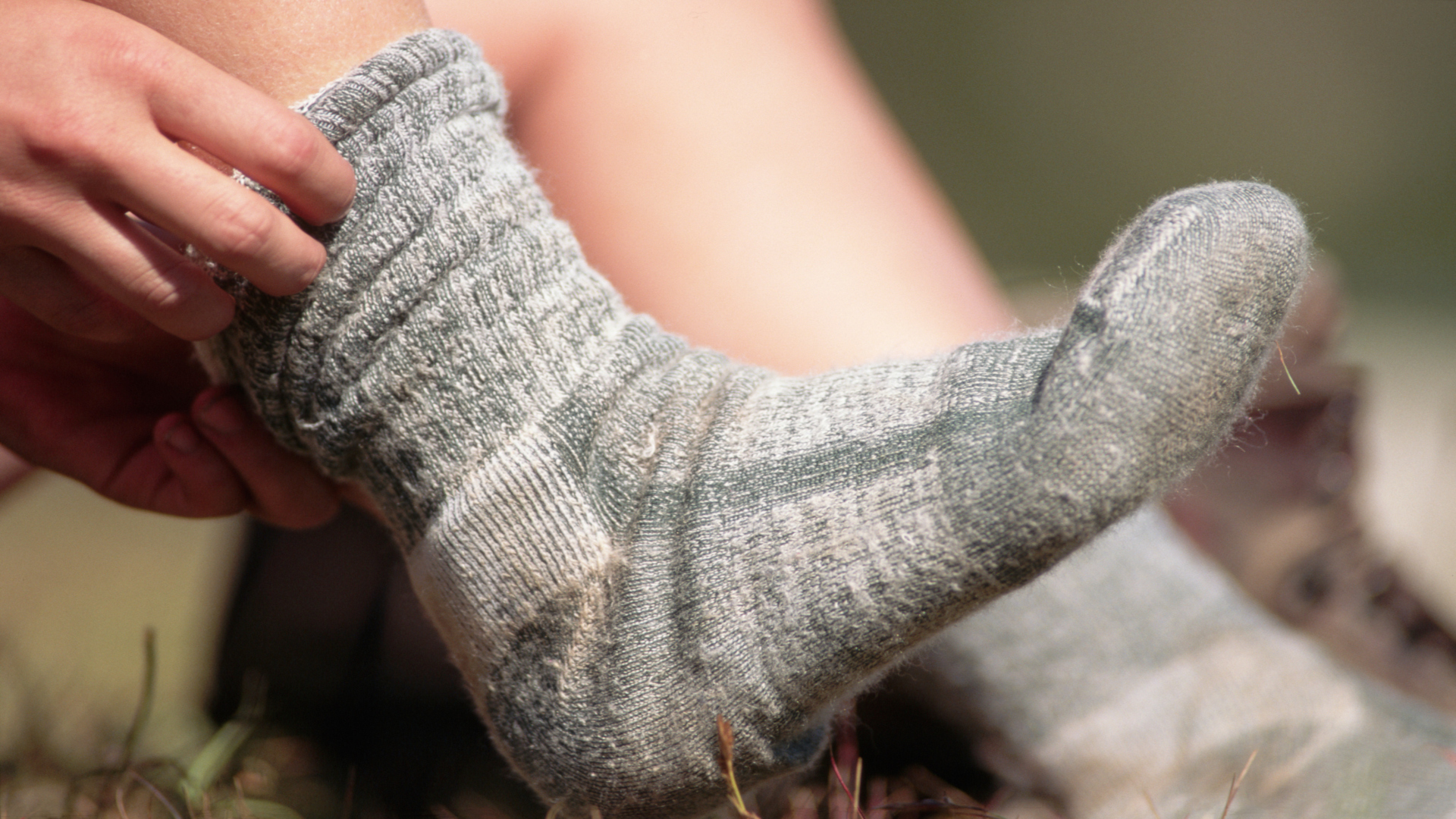
Keep your toes toasty and your feet well padded in your hiking boots with a good pair of wool socks. These are a low-cost investment with a high return as they ward off blisters and cold feet on the trail. You’ll want them to come up higher than the top of your hiking boots, and for cold weather protection you might even just go all the way up to your knee with a pair of ski socks. Go for a medium weight since thick ones might rub, be too warm or restrict mobility. Our guide to the best hiking socks offers lots of great options.
Insulated gloves

Gloves are an absolute non-negotiable when it comes to hiking in the winter. Keeping your extremities protected helps to stave off frostbite, and if you’re hiking with poles will protect your hands from blisters too. The best hiking gloves vary in style, from breathable windproof designs to thicker, waterproof gloves, ideal for really challenging weather. It can be a good idea to invest in a thinner pair of gloves for active pursuits in cold weather and a really warm pair for the coldest days if you plan to be outdoors a lot this winter.
Hat and sunglasses

You lose heat through the top of your head, so top the outfit off with a good wool hiking hat that you can pull down over your forehead and ears, and bring sunglasses if you’re hiking on a sunny day or in snowy areas, as the snow can reflect the glare of the sun and damage your eyes.
A mid-sized backpack
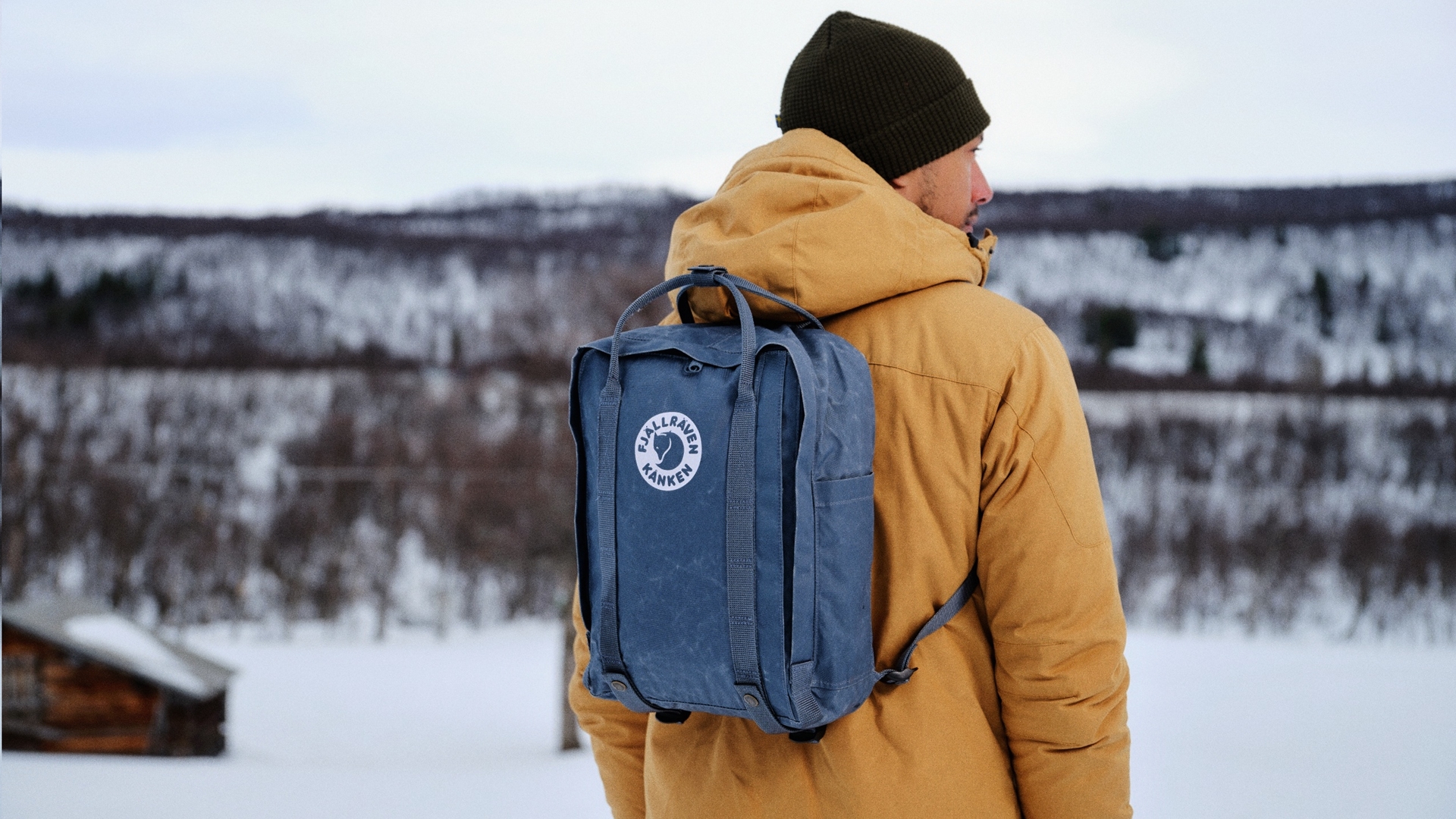
Now you’re all dressed and ready to go, but you won’t necessarily be wearing this entire outfit the whole time. After only a few minutes of uphill, you might start to get warm and break a sweat, but the key to hiking in cold weather is to make sure you don’t get too hot or too cold. This is why you want to make sure you carry a backpack big enough to fit your outer and mid layer, hat and gloves along with your map, sunscreen, water and snacks. Test it out at home to make sure it fits everything, and you’re ready to go winter hiking.
Julia Clarke is a staff writer for Advnture.com and the author of the book Restorative Yoga for Beginners. She loves to explore mountains on foot, bike, skis and belay and then recover on the the yoga mat. Julia graduated with a degree in journalism in 2004 and spent eight years working as a radio presenter in Kansas City, Vermont, Boston and New York City before discovering the joys of the Rocky Mountains. She then detoured west to Colorado and enjoyed 11 years teaching yoga in Vail before returning to her hometown of Glasgow, Scotland in 2020 to focus on family and writing.

